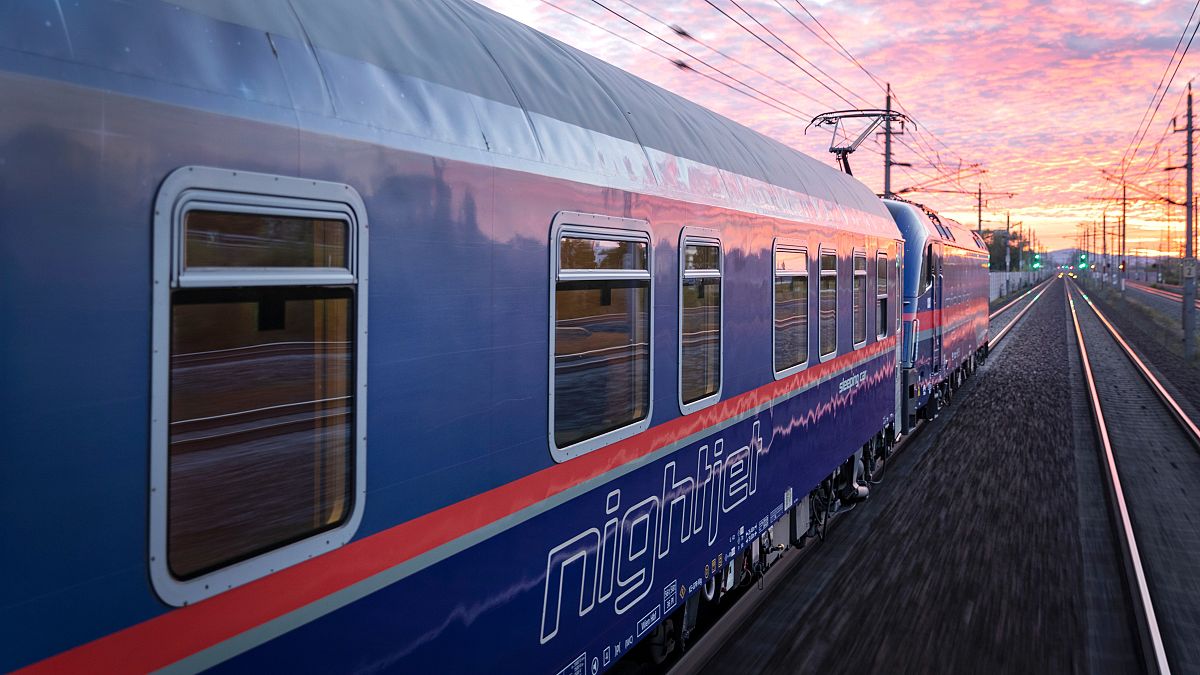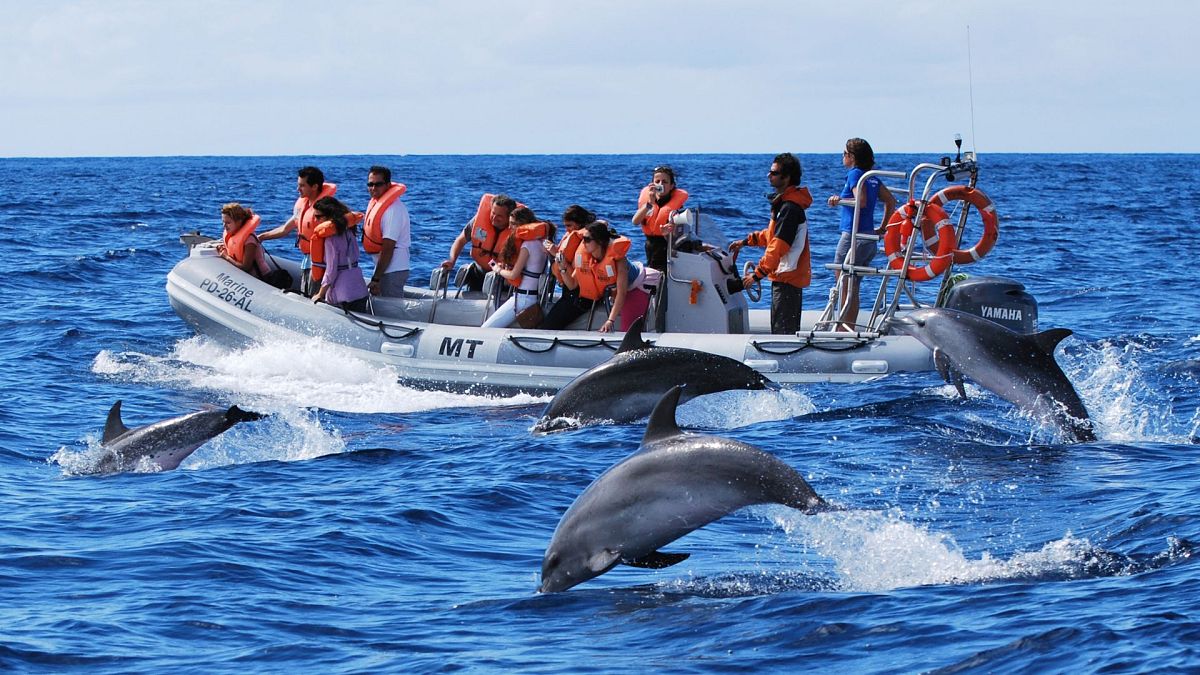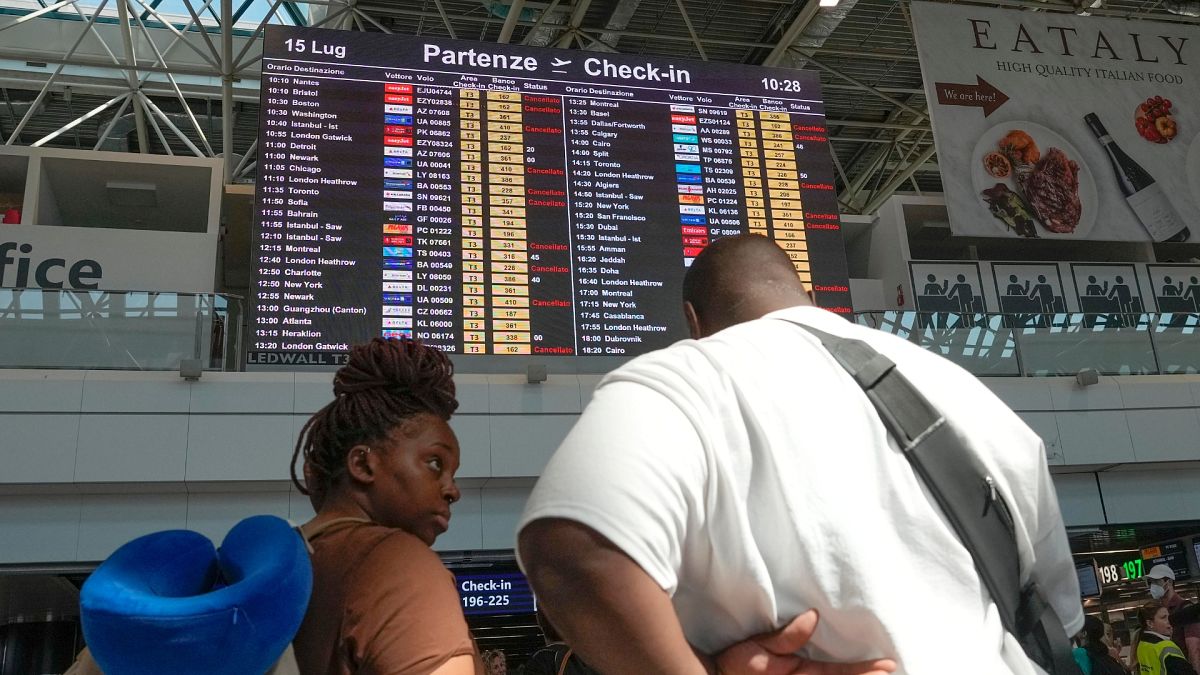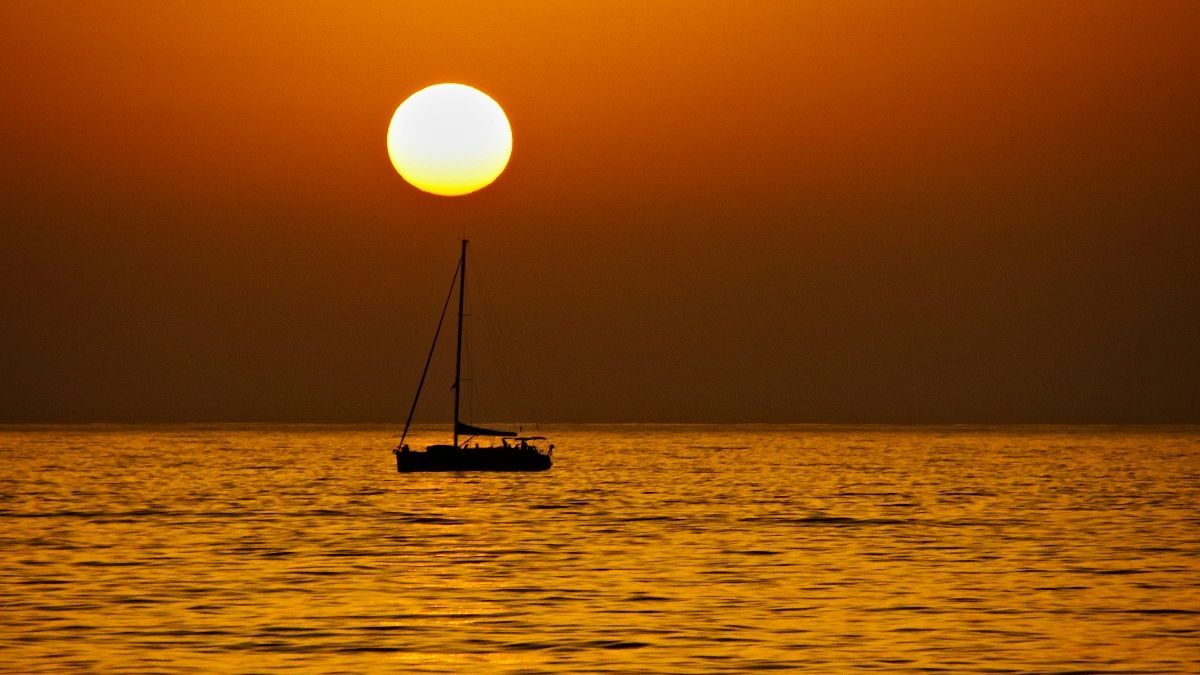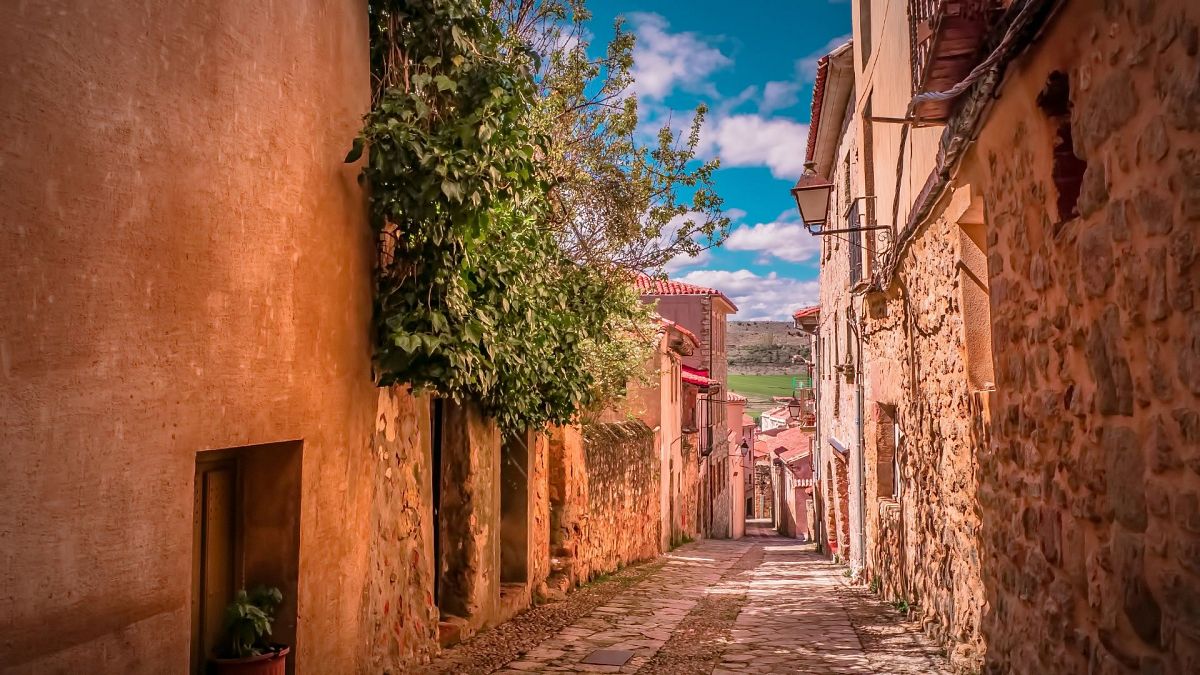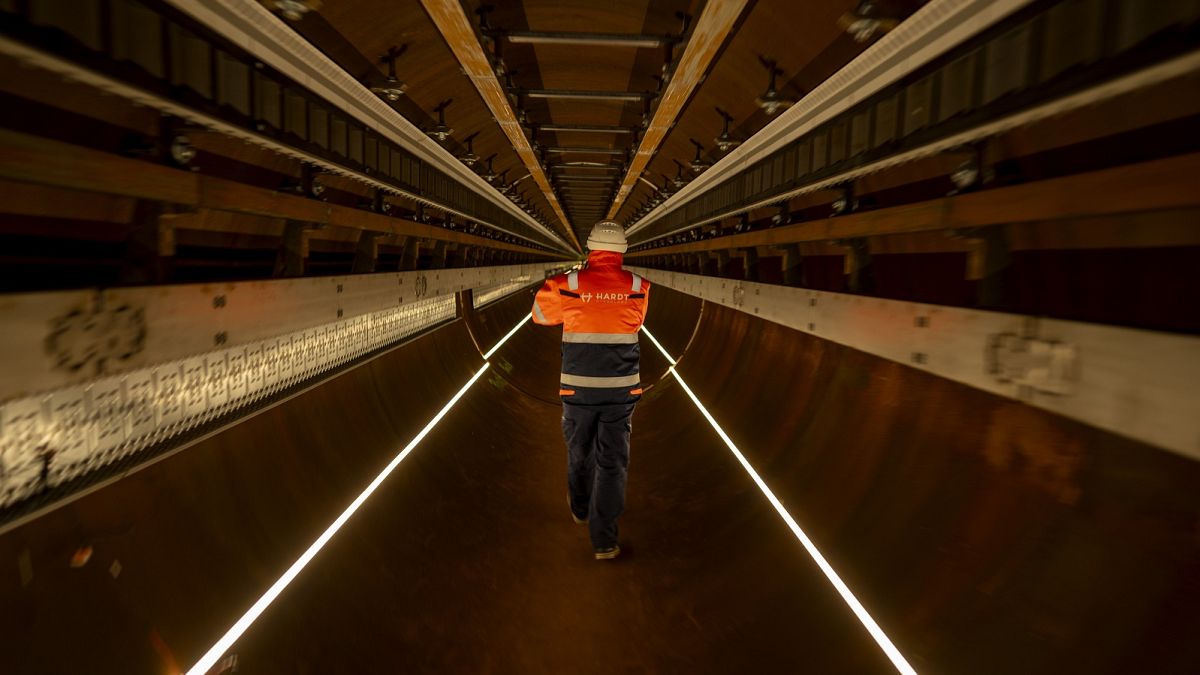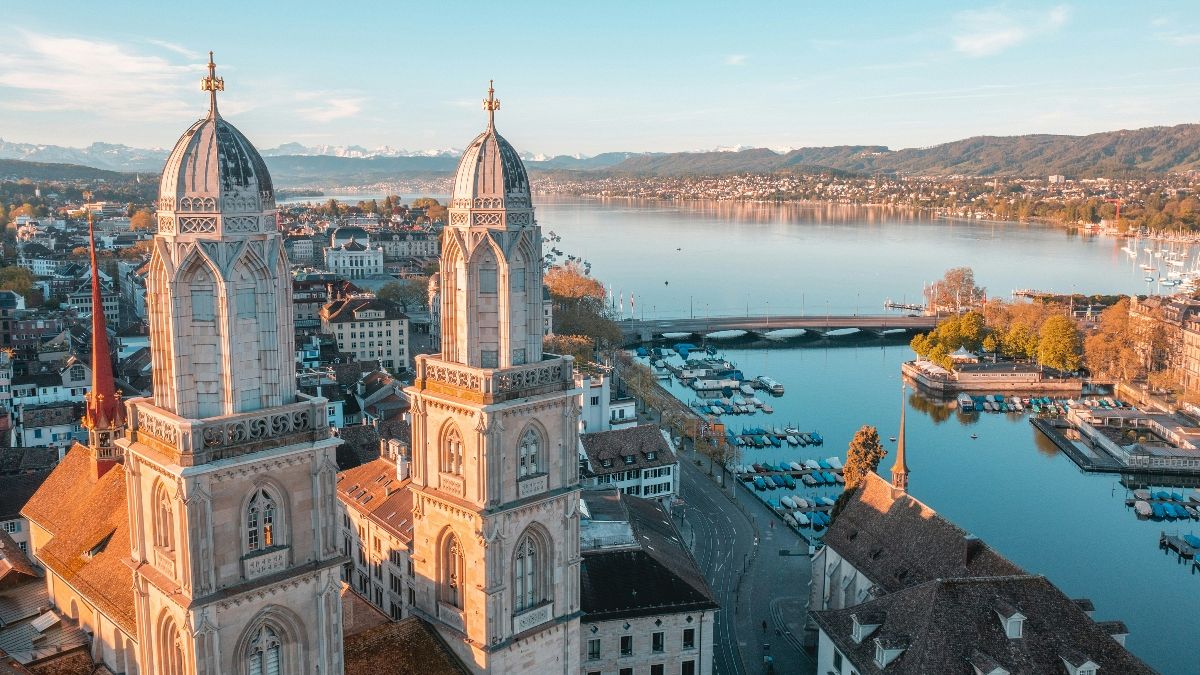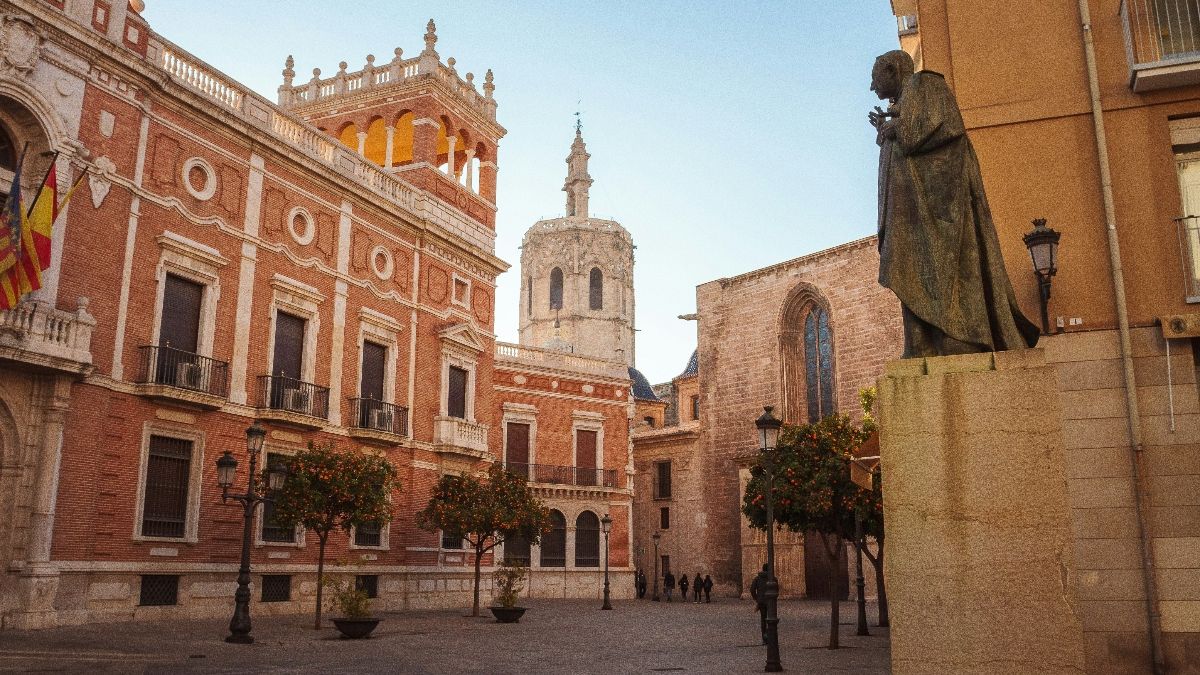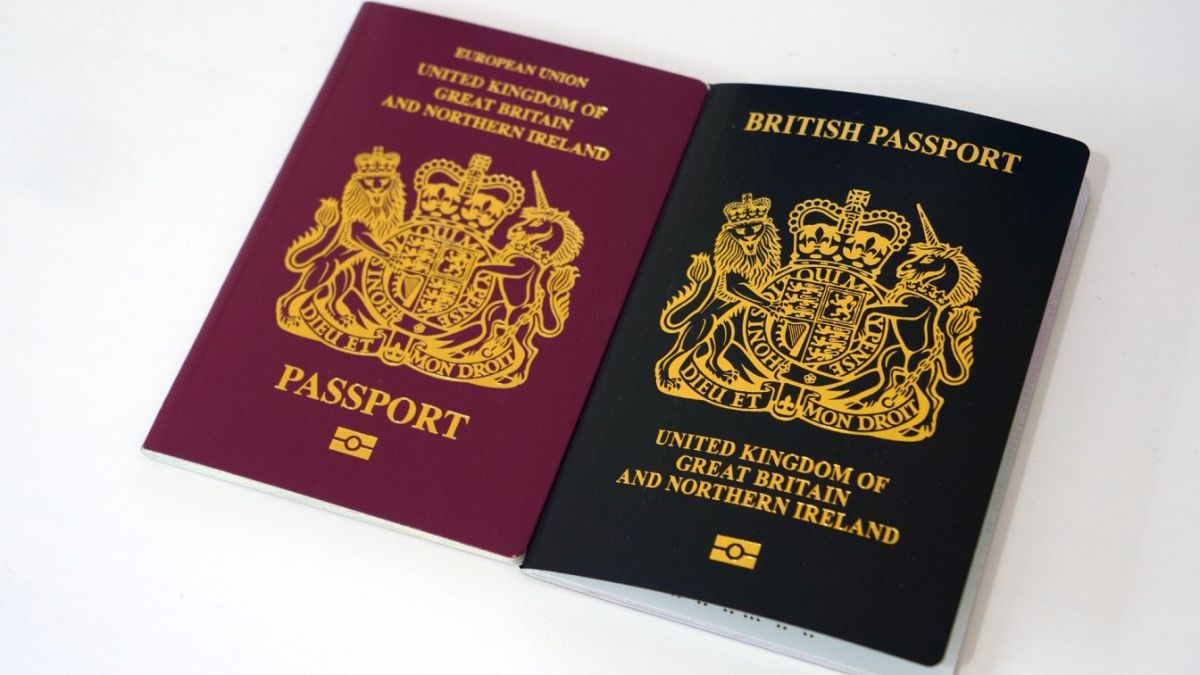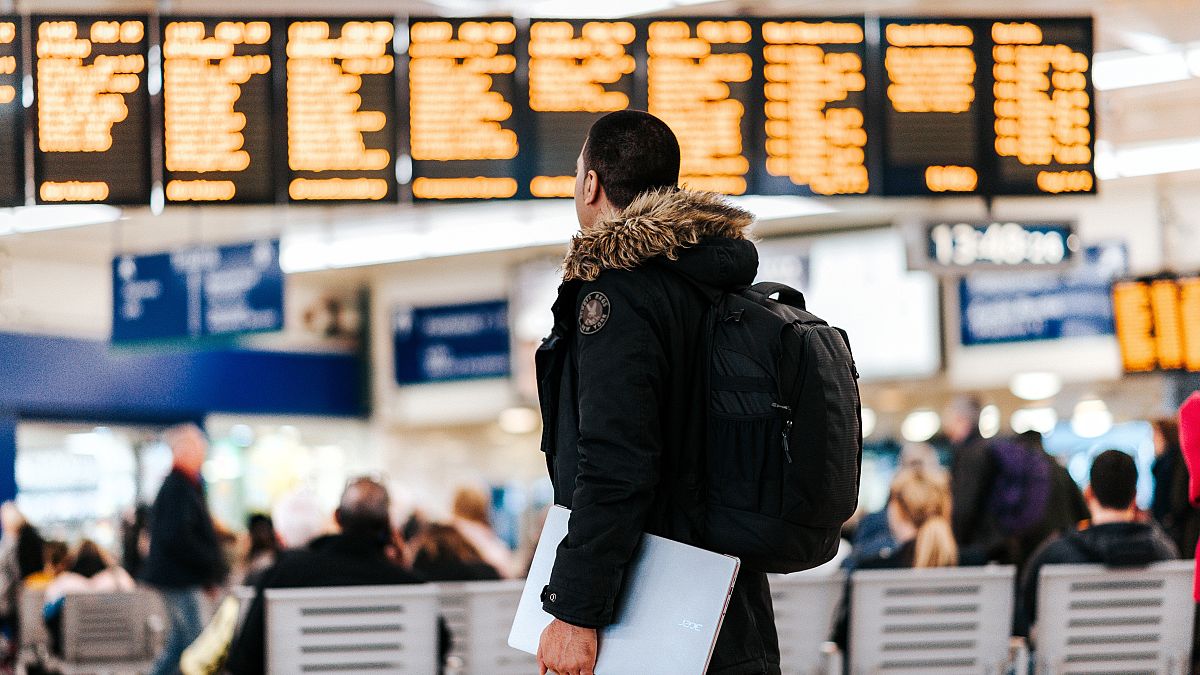Iceland volcano eruption: Is it safe to travel?
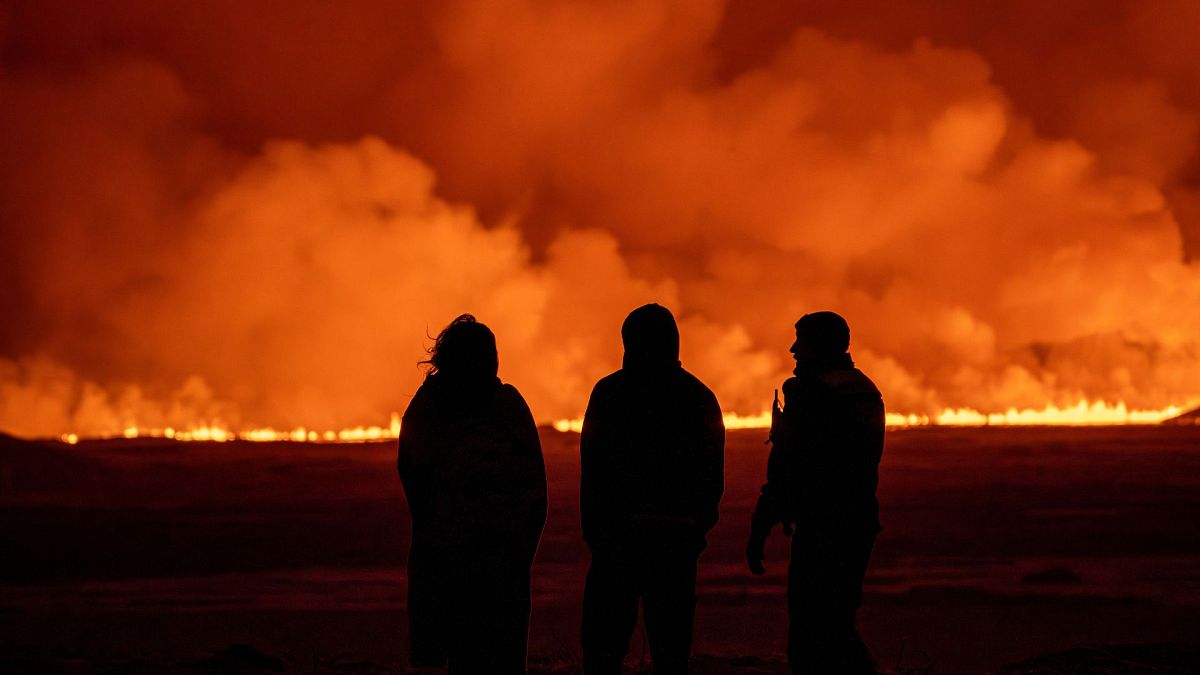
An eruption occurred near the town of Grindavik on Monday night.
A volcano erupted late on Monday night (18 December) on Iceland’s Reykjanes Peninsula, weeks after thousands of small quakes rocked the southwest coast.
The latest eruption began at 10:17pm about 4km northeast of Grindavik.
As the eruption spread, magma, or semi-molten rock, could be seen spewing along the ridge of a hill.
The intensity of the eruption decreased into the early hours of Tuesday morning, according to the Icelandic Met Office, though this is not an indication of how long it will last.
“It can be over in a week, or it could take quite a bit longer,” says scientist Magnus Tumi Gudmundsson, who flew over the site on Tuesday morning onboard on a coast guard research flight.
Despite lying just 20 km north of the eruption site, Keflavik International Airport – Iceland’s main international airport – has not been closed and flights are still arriving and departing. The road between the airport and Grindavik is closed, however.
If you are planning on travelling to or from the affected area, here are the full details on advice from European governments and which airlines are still operating flights.
Iceland’s volcano eruption ‘is not a tourist attraction’
Icelandic authorities declared a state of emergency in November after hundreds of small earthquakes shook the Reykjanes Peninsula – the island nation’s most populated region.
As fears of an eruption grew last month, 4,000 people were evacuated from the area. They were only allowed back briefly to collect their belongings.
This meant few people were near the site of eruption went it occurred on Monday night and authorities have warned others to stay away.
“This is not a tourist attraction and you must watch it from a great distance,” Vidir Reynisson, head of Iceland’s Civil Protection and Emergency Management, told national broadcaster RUV.
The eruptive fissure is about 4km long, with the northern end just east of Stóra-Skógfell and the southern end just east of Sundhnúk.
Yet the spectacular natural phenomenon is hard for people to resist. “It’s just [like] something from a movie!” said Robert Donald Forrester III, a tourist from the United States.
For local residents, the emotions are mixed. “The town involved might end up under the lava,” said Ael Kermarec, a French tour guide living in Iceland. “It’s amazing to see but, there’s kind of a bittersweet feeling at the moment.”
Have flights to Iceland been cancelled?
Concerns have been raised over the impact the eruption will have on travel.
Volcanic eruptions can pose a serious hazard to air travel as ash released into the atmosphere can cause jet engines to fail, damage flight control systems and reduce visibility.
Iceland’s authorities have raised their aviation alert to orange, indicating although a volcanic eruption is underway, there is minor ash emission, if any.
Flights are currently still operating as normal to the nearby Keflavik International Airport. There haven’t been cancellations or significant delays due to the eruption. Icelandair says there has been no impact on its flight schedule, and Play says it does not expect any disruptions to its schedule.
Most airlines have said that they will directly contact customers if this changes. Passengers have been advised to keep a close eye on messages from their airline.
The roads from the airport to Grindavik and the Blue Lagoon are closed while the situation is being evaluated.
A major eruption in Iceland in April 2010 caused widespread disruption to air travel between Europe and North America. The quarter of a billion cubic metres of volcanic ash it ejected into the air led to more than 100,000 flights being cancelled over an eight-day period.
Though there had been fears of a repeat, Eyjafjallajokull volcano erupted under circumstances that contributed to the immense size of its ash cloud. A glacier on top of it caused meltwater to rapidly cool the lava, creating tiny particles which were launched into the air by the steam produced in the eruption. These were then carried on the wind towards Europe.
The recent eruption took place under very different circumstances lowering the chances of similar flight chaos. In the past three years, three eruptions have taken place on the Reykjanes Peninsula with no impact on air travel.
The European Aviation Safety Agency (EASA) is also better prepared for a major volcanic ash event.
“In the event of an eruption and development of an ash cloud, the agency will work with other aviation actors to assess the impact for aviation and make recommendations accordingly,” a statement on the EASA’s website from November reads.
Is it safe to travel to Iceland?
The UK Foreign Office has not yet updated its Iceland travel advice but previously directed travellers to the Icelandic Met Office and Safe Travel Iceland for the latest advice.
They have said that the eruption area is closed until further notice and urge people to respect the closure. However they have not advised against travel to the country altogether.
Visitors are advised to stay away from the town of Grindavík and the surrounding area, and to follow the directions and guidance of the local authorities.
Countries have not issued a ‘no-go’ travel warning for Iceland meaning that airlines and holiday companies are operating as normal and travellers who cancel their bookings have no automatic right to a refund.
“We’d like to stress, that if the current FCO guidance remains advisory, insurance coverage stands as normal,” says Jonathan Frankham, General Manager of travel insurance company World Nomads.
“However, if a natural catastrophe such as an earthquake, flood or volcano affects your travel plans and/or injures you must check your policy details. For example, at World Nomads, you need to have purchased your policy before these powerful forces of nature become a ‘known event’ and be on an Explorer Plan for us to consider coverage.”
The Blue Lagoon geothermal spa – one of Iceland’s biggest tourist attractions – temporarily closed on 9 November after being hit by earthquakes. After briefly reopening on 16 December it is now closed again following the eruption.
“All guests with confirmed bookings in the upcoming days will be contacted,” an update on its website reads. “We will continue to monitor the progress and maintain close communication with the authorities, prioritising safety and well-being.”
Surrounding spas, hotels and restaurants will also be closed.
Source: Euro News


